Your Guide to Breast Cancer Awareness & Early Action
- Dr Sharmistha Heeralal

- Oct 21
- 3 min read
Hello and a warm welcome to the Healthfort community!
We’re excited to have you with us. Our mission is to equip you with the knowledge to proactively manage your health, moving beyond just treatment to achieving lifelong wellness.
October is Breast Cancer Awareness Month, making it the perfect time to open up a vital conversation about this disease. Breast cancer is the most common cancer among women worldwide, and cases are on the rise. To illustrate this, consider these statistics:
Globally, there are 2.3 million new cases and 670,000 deaths each year, according to the World Health Organization.
In South Africa, breast cancer represents 22.6% of all female cancers and is responsible for 16% of cancer-related deaths among women.
These alarming figures underscore the importance of awareness and early detection as our key allies in the fight against breast cancer.
Understanding Your Risk

Knowledge is power. While having a risk factor doesn't mean you will get cancer, understanding them helps you make informed decisions.
They fall into two categories: those you can't change and those you can influence.
Key Risk Factors Include:
Gender & Age: The risk is highest for women and increases with age.
Reproductive History: Early first period (before age 10) or late first pregnancy.
Genetics: A family history or inherited mutations in the BRCA1 or BRCA2 genes. (These genes normally help prevent cancer, but mutations can impair their function).
Lifestyle Factors: Obesity, alcohol consumption, tobacco use, and a sedentary lifestyle.
Other Medical Factors: Previous radiation to the chest, or post-menopausal hormone replacement therapy.
A Note for Men: While less common, about 1% of breast cancer cases occur in men. It's important for everyone to be aware of changes in their bodies.
Your Action Plan for Early Detection. Breast Cancer Awareness Saves Lives.
Here is your three-part plan:
1. Know What's Normal for You (Breast Self-Awareness)
Get familiar with the normal look and feel of your breasts. This makes it easier to spot any changes. You can perform a simple self-check in just a few minutes:
· In the Mirror: Look with your shoulders straight and arms on your hips. Check for changes in size, shape, colour, dimpling, or bulging.
· Raise Your Arms: Look for the same changes with your arms raised.
· Check for Discharge: Gently squeeze each nipple to see if there's any fluid.
· Feel for Lumps:
· Lying Down: Use the pads of your fingers to press in a circular motion, covering the entire breast from the outside to the nipple.
· Standing or Sitting: Many women find this easiest in the shower with wet, slippery skin.
2. Schedule Clinical Breast Exams
A clinical breast exam may be performed by your GP, gynaecologist, or a trained nurse at a public clinic, is a key part of preventive care.
3. Don't Delay Your Mammogram
If you are over 40, it's time to talk to your doctor about scheduling a mammogram. This scan is the gold standard for detecting abnormalities early. Your doctor will advise on how often to repeat it (typically every 1-3 years) based on your personal risk.
When to See a Doctor
If you notice any of the following, please schedule an appointment as soon as you can:
· A new lump or thickening
· Swelling, warmth, or dimpling of the skin
· Changes in the nipple (inversion, rash, discharge)
· Persistent pain in any area
Remember, most changes are not cancer, but only a healthcare professional can provide a true diagnosis.
Supporting the Cause

Breast cancer awareness extends beyond our own health. We can build a stronger community by:
· Spreading Knowledge: Share this information with friends and family.
· Supporting Loved Ones: Check in on those affected by cancer.
· Getting Involved: Participate in community events or support research organizations.
This isn't just about one month—it's about ongoing education, early detection, and unwavering support. By taking these steps today, we are all contributing to a healthier future.
Stay safe and stay healthy
Dr Sharmistha Heeralal
General Practitioner

_edited.png)



Comments